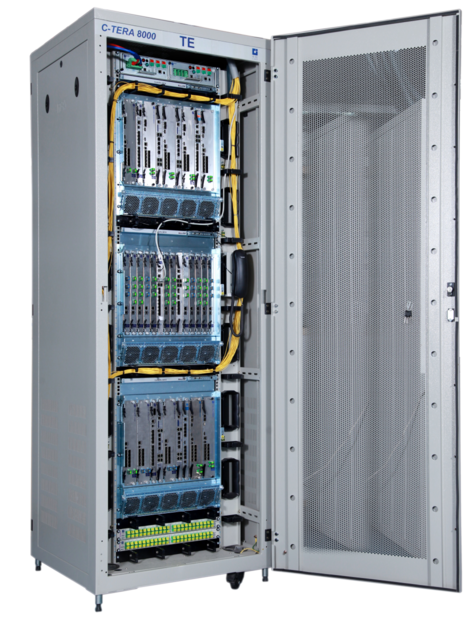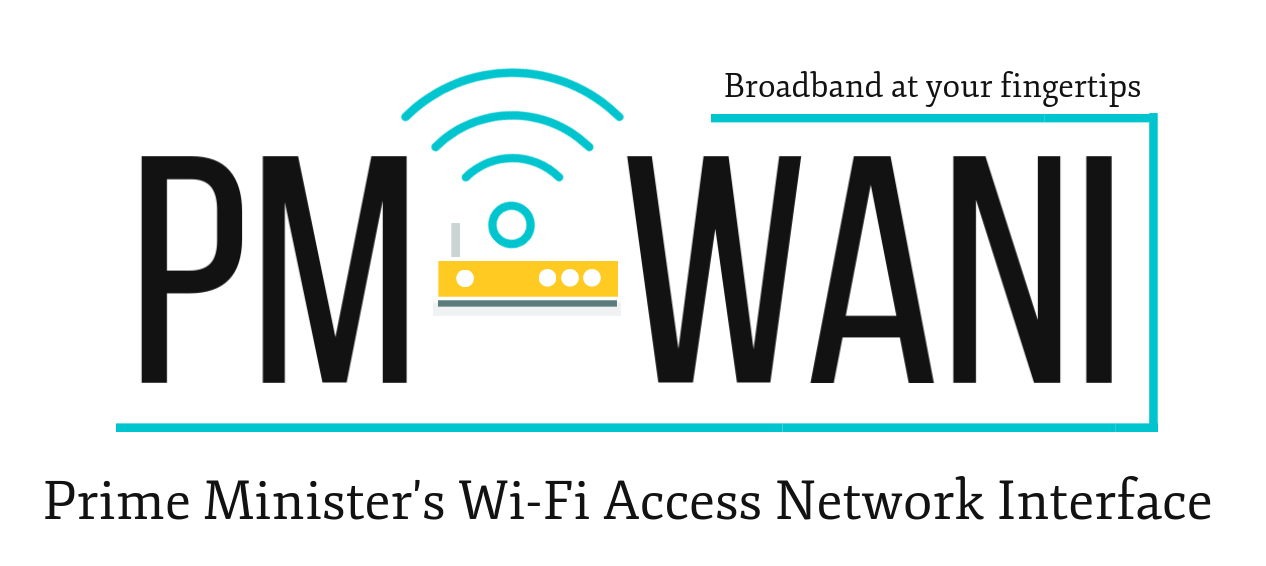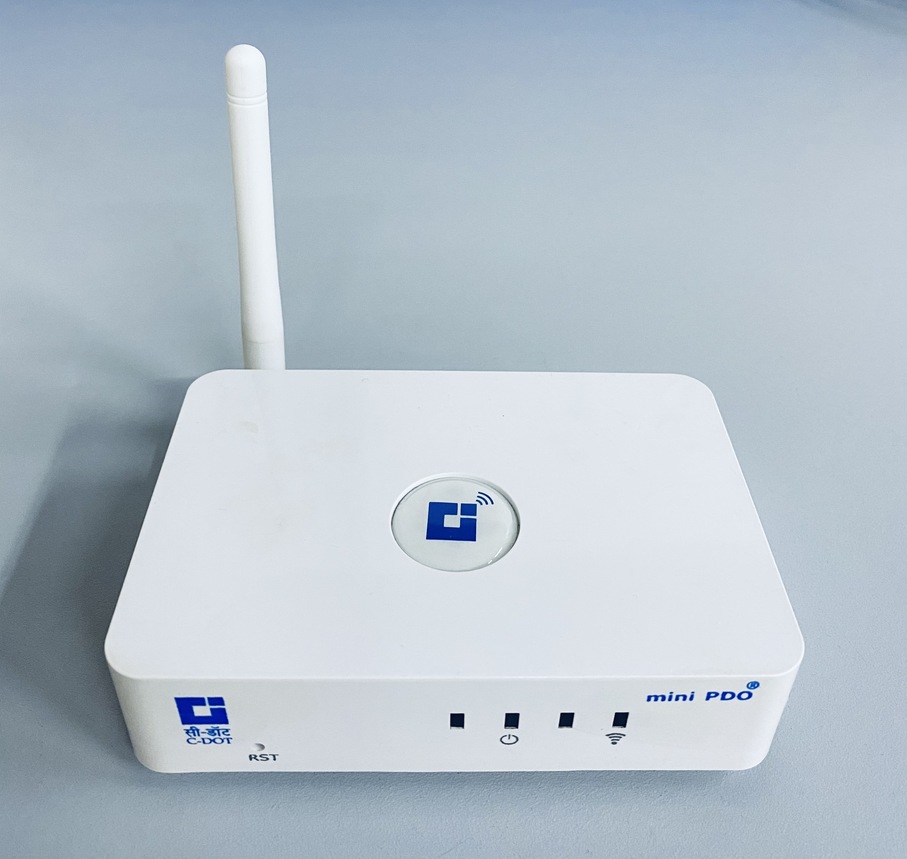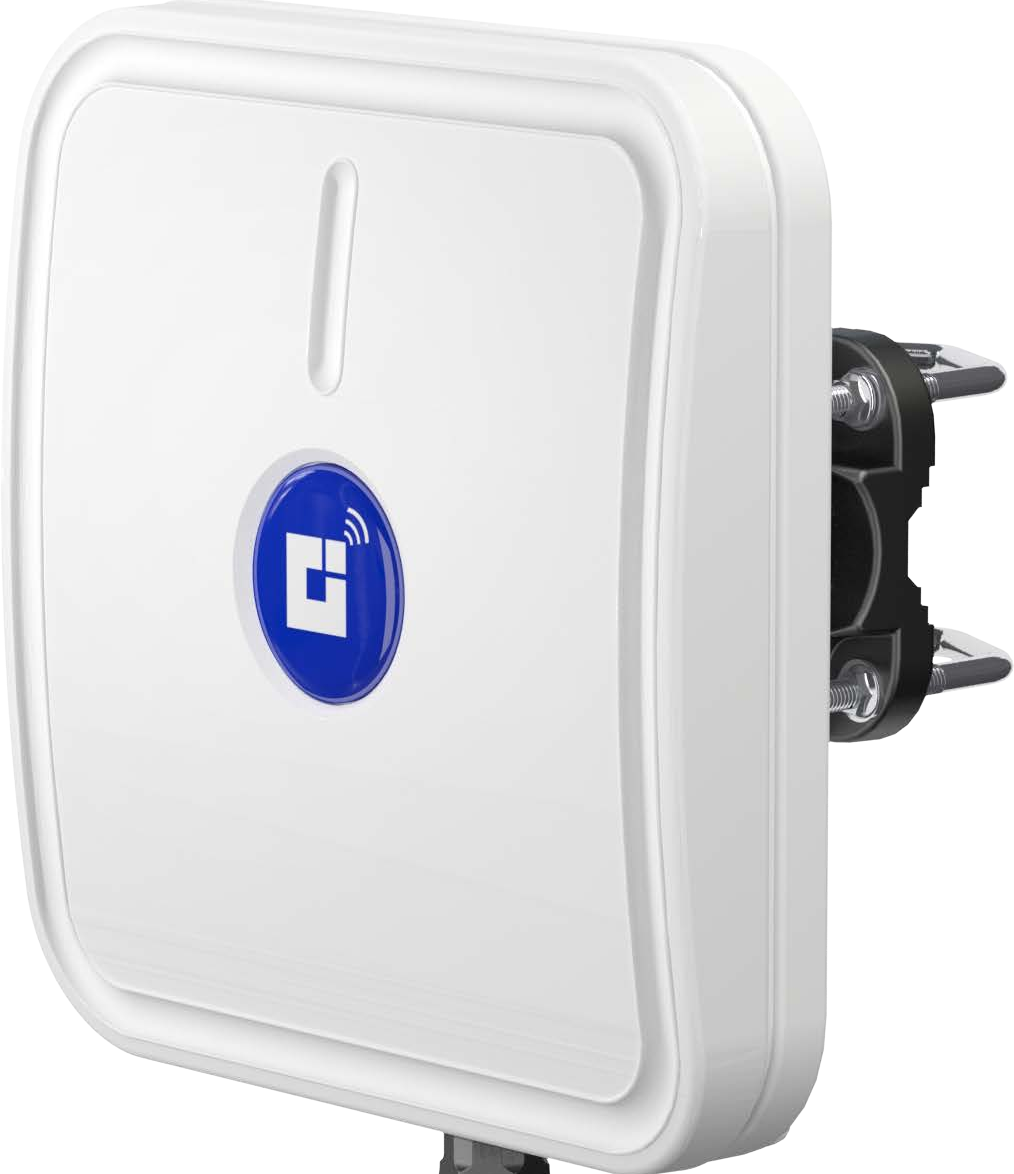DWDM

Dense Wavelength Division Multiplexing (DWDM) system is a revolutionary technology simplifying integration of multi-rate and multiprotocol interfaces for Core network. C-DOT’s DWDM is a modular architecture based state of the art system which supports various network topologies. The equipment is capable of carrying up to 80 channels of 100Gbps @50GHz channel spacing in ‘C’ Band with advance coherent modulation technique. The aggregated 8 Terabit per second traffic is transported over long distances on optical fiber. The equipment is well suited to meet exponentially rising data requirements of telecom network to meet challenges of 5G deployment in future.
• 80 Channels @ 50GHz channel spacing having 100 Gbps capacity per channel • Various Architectures like; Point-to-Point, Linear Add/Drop, 2-Fiber Closed Ring, 2-Fiber Hubbed Ring, and Mesh Topology. • Long Haul (22dB Span loss) and very long haul (28dB Span loss) applications for core and transport networks • In-service monitoring of individual optical channels and composite optical line for DWDM network • Alien Wavelength support • Optical Pre-Emphasis and Athermal optical multiplexing / de-multiplexing • Add / Drop of up to 80 Channels on every node • Multiple interface support for various applications • SD FEC and HD FEC support as per ITU-T • Network Planning Tool (NPT) for efficient network planning and data traffic provisioning with efficient utilization of available bandwidth per channel • Future data traffic planning through NPT for already commissioned networks (Brown field planning) • Supervisory channel for DWDM network management • Equipment configuration & Type upgradation at any node with no service disruption • GUI based user friendly Local Craft Terminal for local management of the equipment • Line side and Client side protection as per network requirements in all the topologies Linear, Point-to-Point and Ring architecture • GMPLS based control plane for management and data path • Standard interface for Element Management System (EMS) for remote management of the DWDM equipment • Common engineering practices for TE / ILA / ROADM (up to 8 Degree)
• Number of Optical Channels : 80 • Channel Spacing : 50 GHz • Nominal Central Frequencies : As per ITU-T G.694.1 • Span attenuation / Number of spans : 22dB (LH)/up to 8 • Line side Modulation Type/Nominal Data Rate : Coherent DP-QPSK/127.16 Gbps • Total optical output power (Max.) : +20 dBm • Maximum Number of Wavelengths for ADD/ DROP at 2D/8D-ROADM : 80 • Optical supervisory channel Wavelength : 1510+/-10nm • Optical supervisory channel bit-rate : 1Gbps • Interface with SDH/Ethernet/OTN Terminals : As per ITU-T G.959.1/IEEE 802.3ae/ITU-T G.709 • EMS/LCT interface : 100BASE-T • Power supply input voltage range : -40V DC to – 60V DC (1+1) • DWDM rack size : 600mm (W) x 600mm (D) x 2250mm (H)
• Capable of supporting Long Haul and Very Long Haul applications • Single platform supports multiple interfaces; OTN / SDH / SONET/ Ethernet LAN / Ethernet WAN / Fiber Channel etc • Meeting the challenges of rising exponential demand of heavy data traffic over long distance communications • Multiple client rate/protocol mapped in OUT-4 at the line side over long distances • Meeting the requirement of metropolitan area, access and core network for high demand of bandwidth
• In Chennai BSNL Network.













